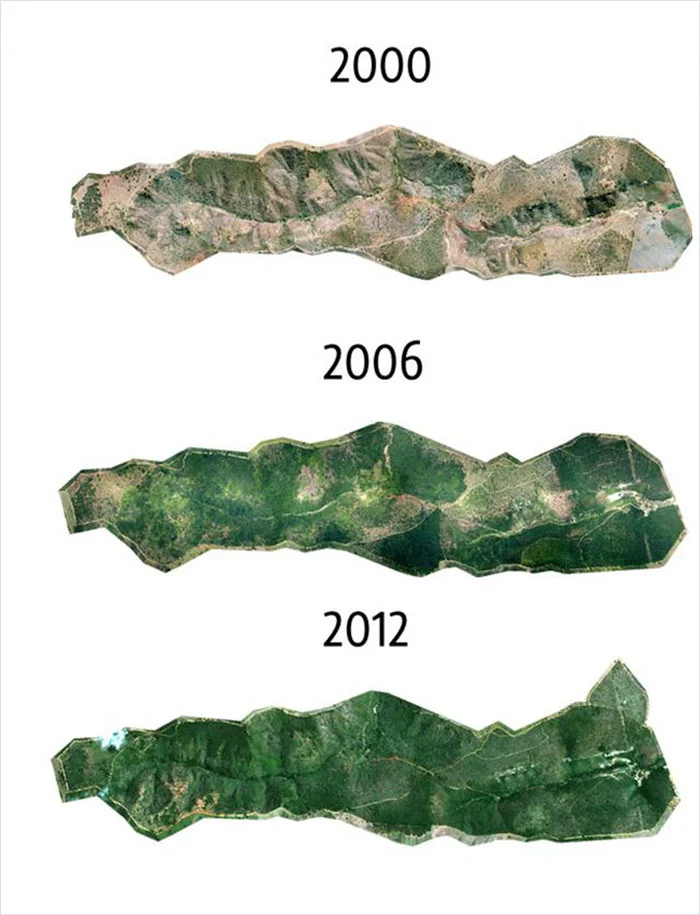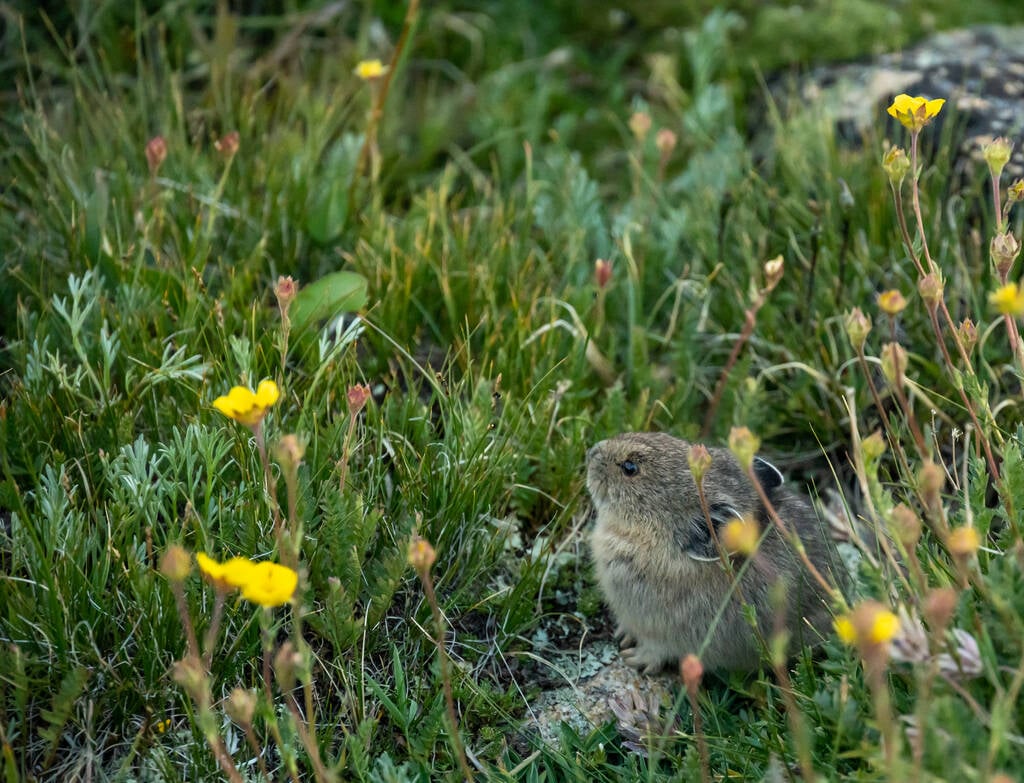No Lawns
2487 readers
1 users here now
What is No Lawns?
A community devoted to alternatives to monoculture lawns, with an emphasis on native plants and conservation. Rain gardens, xeriscaping, strolling gardens, native plants, and much more! (from official Reddit r/NoLawns)
Have questions or don't know where to begin?
- You can check our website
- Or our Reddit wiki
- Our FAQ
- Resources by Country
- Resources by US State
- Doug Tallamy AMA
Where can you find the official No Lawns socials?
Rules
- Be Civil
- Don't dox yourself
- Stay on Topic
- Don't break instance or Lemmy rules
Related Communities
- NativePlantGardening - Mander
- NativePlantGardening - Sh.itJust.Works
- Composting - SlrPnk
- Nature and Gardening - Beehaw
- Reclamation - SlrPnk
founded 2 years ago
MODERATORS
1
2
3
14
‘A living pantry’: how an urban food forest in Arizona became a model for climate action
(www.theguardian.com)
4
44
Food forests are bringing shade and sustenance to US cities, one parcel of land at a time
(theconversation.com)
5
6
7
8
9
10
11
12
13
14
15
16
17
18
19
20
21
22
23
24
25
view more: next ›







